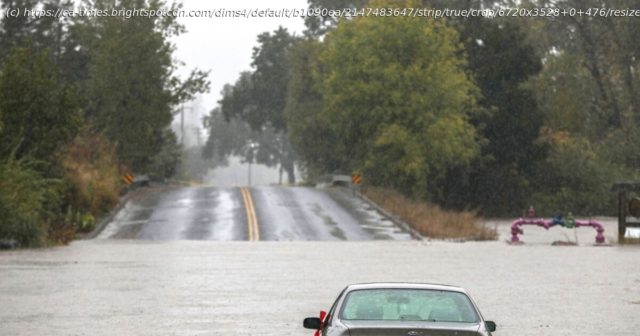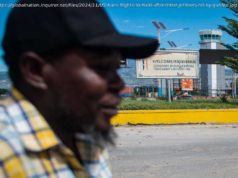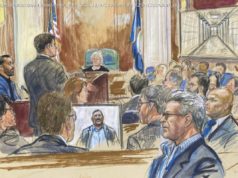This week’s historic storm could mark a de facto ending to the year’s catastrophic wildfire season in some, but not all, areas of the state, experts say.
Record rainfall this week could mean the end of fire season for much of Northern California, experts said, but conditions in the Southland remain more tenuous, and the coming weeks could still bring fire danger. Southern California saw much less rain than the Bay Area and Sierras, and this region’s prime fire months often come later, with huge blazes of the past burning into November and December. Many of the factors that drive fire spread, such as drought-dried vegetation, strong winds and high temperatures, remain a possibility in Southern California — including the potential for a strong Santa Ana wind event like the one that fueled the massive, late-in-the-season Thomas fire of December 2017. Officials say rising temperatures and Santa Ana winds in the next month could erase any moisture gains from the storms. “This is typically still our time of the year when some of our largest wildfires have occurred, so we are still encouraging everyone to be prepared,” said Christine McMorrow, a spokeswoman for the California Department of Forestry and Fire Protection. A recent seasonal outlook from the National Oceanic Atmospheric Administration calls for below-normal precipitation and worsening drought conditions in Southern California through at least February. A second year of La Niña is also likely to keep things drier than average, NOAA said. This week’s atmospheric river delivered huge amounts of precipitation in Northern California, including an all-time record in Sacramento, which saw more than 5 inches of rain. But the totals were far lower in the Southland. Los Angeles International Airport on Monday recorded 0.39 inches, which was a daily record but still a far cry from areas like Placer County’s Blue Canyon, which received more than 10 inches in the storm. “Southern California always is a little bit different,” said Scott Stephens, a professor of fire science at UC Berkeley. “It’s nice that the rain did happen down there too, but Santa Ana winds and other events can dry things so quickly that I don’t think we could say this ends everything in Southern California.






